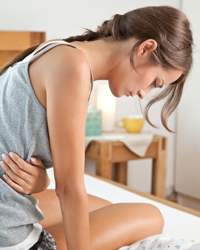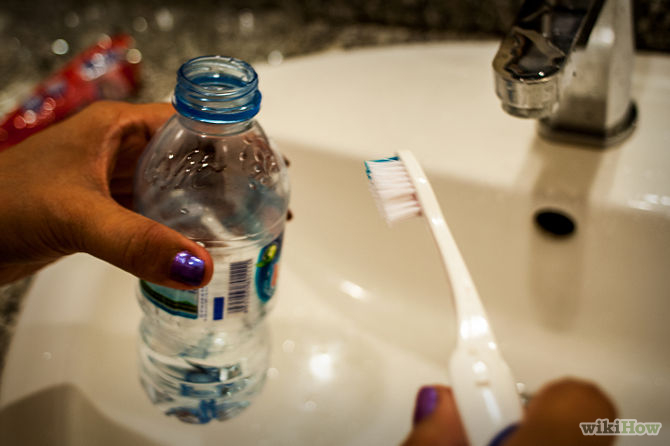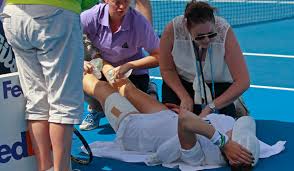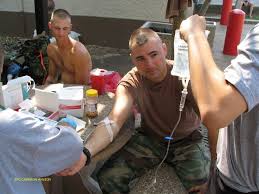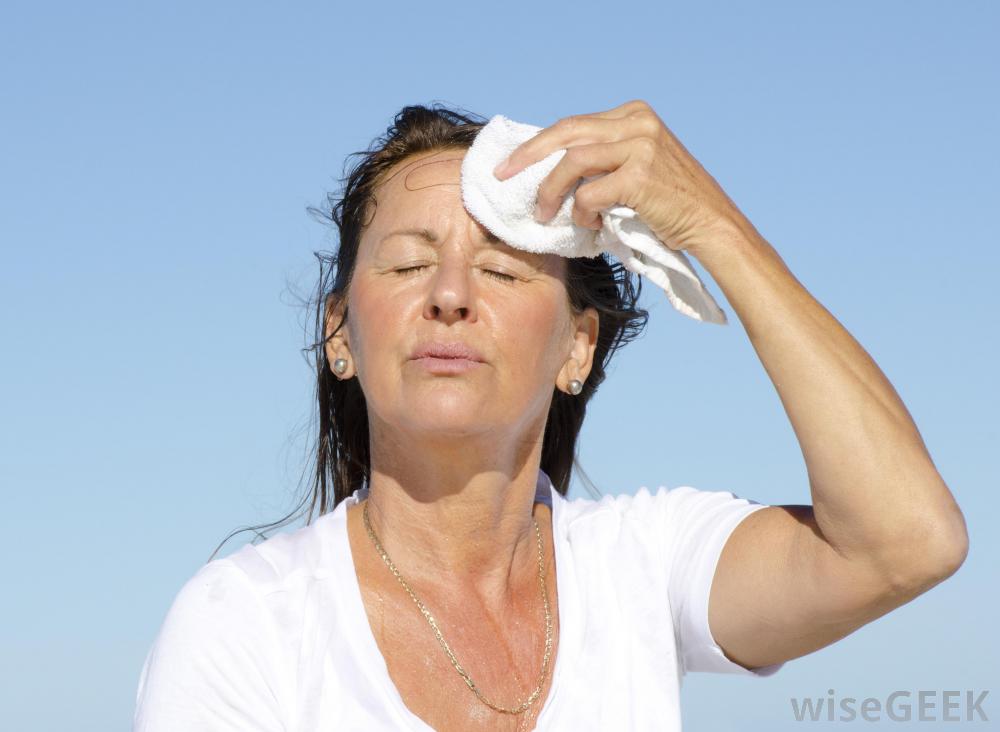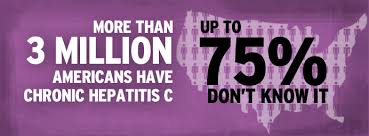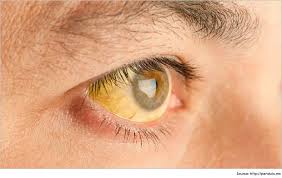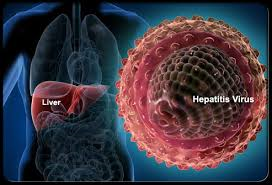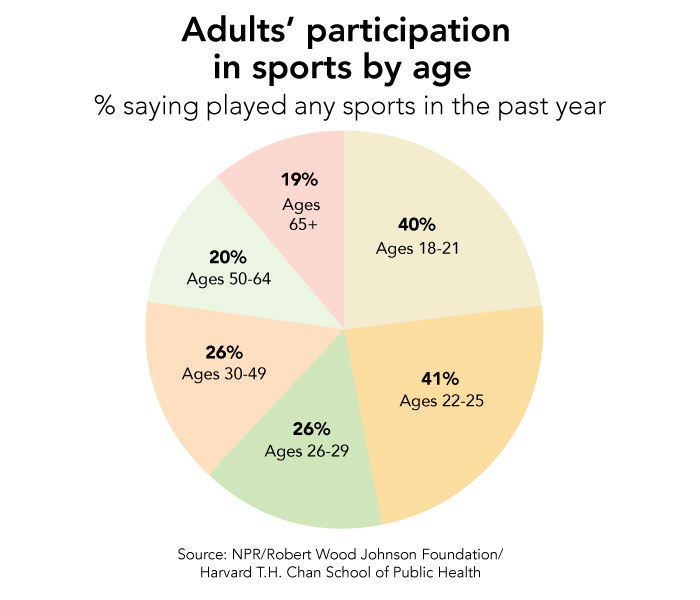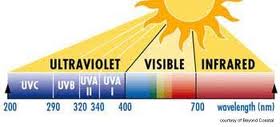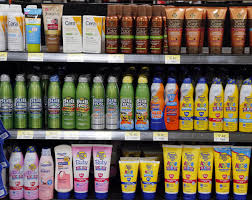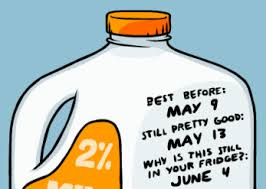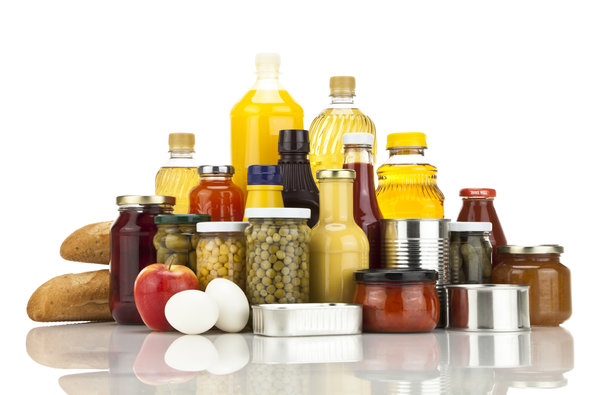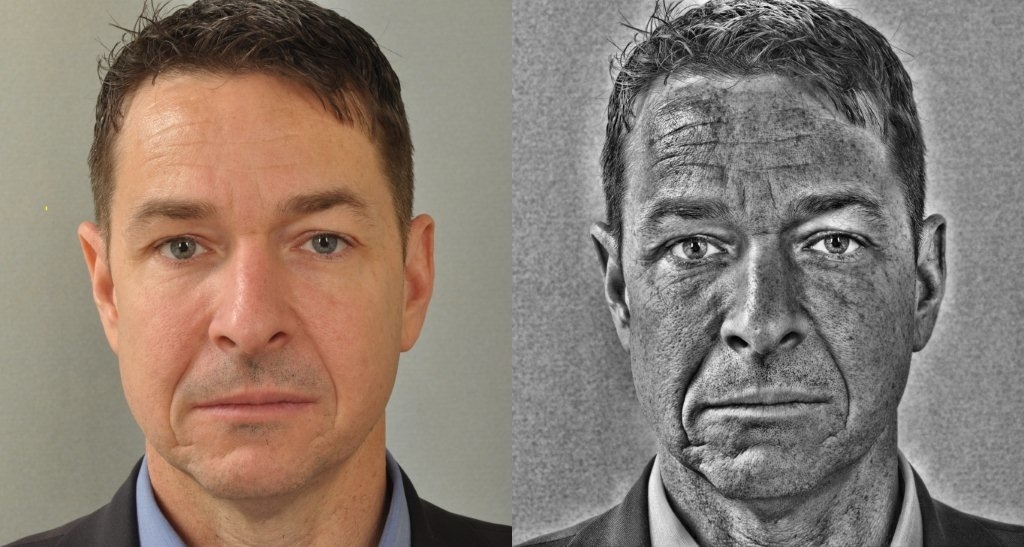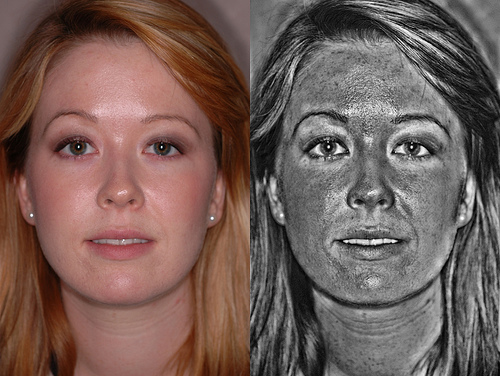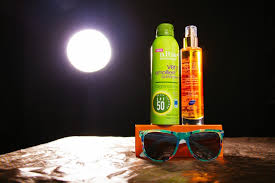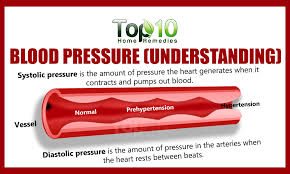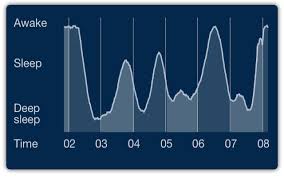 Irregular sleeping patterns have been “unequivocally” shown to lead to cancer in tests on mice, a study suggests.
Irregular sleeping patterns have been “unequivocally” shown to lead to cancer in tests on mice, a study suggests.
The report, in Current Biology, lends weight to concerns about the damaging impact of shift work on health.
The researchers said women with a family risk of breast cancer should never work shifts, but cautioned that further tests in people were needed.
The data also indicated the animals were 20% heavier despite eating the same amount of food.
Studies in people have often suggested a higher risk of diseases such as breast cancer in shift workers and flight attendants.
 One argument is disrupting the body’s internal rhythm – or body clock – increases the risk of disease.
One argument is disrupting the body’s internal rhythm – or body clock – increases the risk of disease.
However, the link is uncertain because the type of person who works shifts may also be more likely to develop cancer due to factors such as social class, activity levels or the amount of vitamin D they get.
Mice prone to developing breast cancer had their body clock delayed by 12 hours every week for a year.
Normally they had tumors after 50 weeks – but with regular disruption to their sleeping patterns, the tumors appeared eight weeks earlier.
The report said: “This is the first study that unequivocally shows a link between chronic light-dark inversions and breast cancer development.”
Interpreting the consequences for humans is fraught with difficulty, but the researchers guesstimated the equivalent  effect could be an extra 10kg (1st 8lb) of body weight or for at-risk women getting cancer about five years earlier.
effect could be an extra 10kg (1st 8lb) of body weight or for at-risk women getting cancer about five years earlier.
“If you had a situation where a family is at risk for breast cancer, I would certainly advise those people not to work as a flight attendant or to do shift work,” one of the researchers, Gijsbetus van der Horst, from the Erasmus University Medical Centre, in the Netherlands, said.
Dr Michael Hastings, from the UK’s Medical Research Council, told the BBC: “I consider this study to give the definitive experimental proof, in mouse models, that circadian [body clock] disruption can accelerate the development of breast cancer.
“The general public health message coming out of my area of work is shift work, particularly rotational shift work is a stress and therefore it has consequences.
“There are things people should be looking out for – pay more attention to your body weight, pay more attention to inspecting breasts, and employers should offer more in-work health checks.
“If we’re going to do it, then let’s keep an eye on people and inform them.”
Source: BBC

